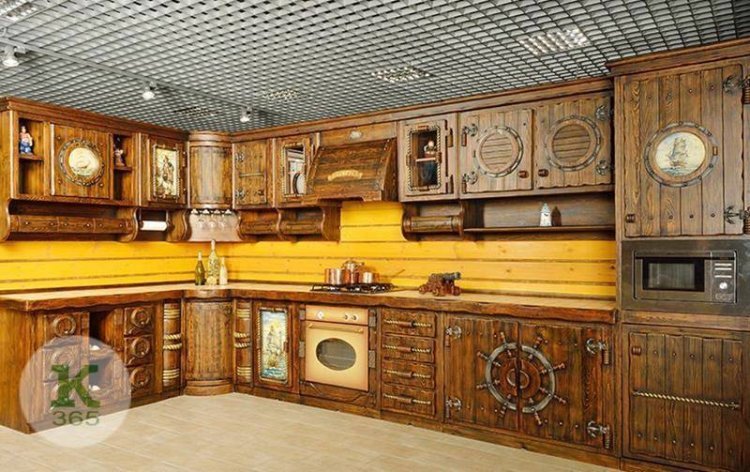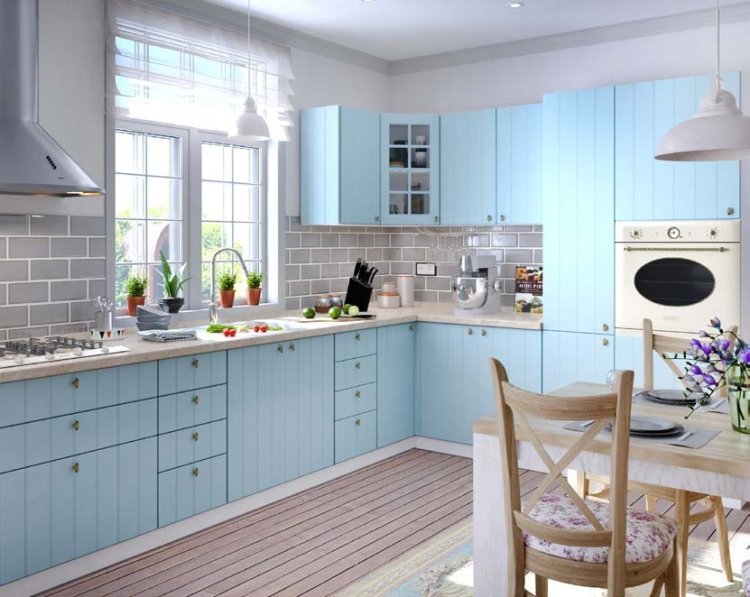Superior Spray Painting for a Beautiful Kitchen Transformation
Superior Spray Painting for a Beautiful Kitchen Transformation - Discover the art of transforming your kitchen with exceptional spray painting techniques.

The kitchen frequently serves as the heart of the home, a place where families come together and create lasting memories. A beautiful, modern kitchen can significantly enhance the overall aesthetic of your home and improve its value. One of the most effective ways to achieve a stunning transformation is through superior spray painting of your kitchen cabinets. This detailed guide will lead you through the entire process, from preparation to final touches, ensuring you achieve a professional and enduring finish.

Benefits of Spray Painting Your Kitchen
Spray painting your kitchen cabinets offers several advantages over traditional brush painting or complete replacement. Here are some key benefits
Cost-Effective: Spraying is much cheaper than replacing cabinets entirely.
Smooth Finish: Achieve a sleek, factory-like finish that brush painting can’t match.
Time-Efficient: Spraying is faster and less labor-intensive than other methods.
Customization: Wide variety of colors and finishes available to match your style.
Eco-Friendly: Reduces waste by refurbishing existing cabinets instead of discarding them.
Preparation: The Foundation for a Perfect Finish
Cleaning and Degreasing
Before you begin, it’s crucial to ensure your cabinets are clean and free of grease and grime. This will improve paint adhesion and lead to a more resilient finish.
Materials Needed: Degreaser, sponge, warm water, clean cloth.
Steps:
Remove all cabinet doors, drawers, and hardware.
Apply a degreaser to all surfaces.
Scrub thoroughly with a sponge to remove any grease or dirt.
Rinse with lukewarm water and thoroughly dry using a fresh cloth.
Sanding and Priming
Sanding and priming are essential steps to ensure a smooth and long-lasting finish.
Materials Needed: Sandpaper (120 and 220 grit), sanding block, vacuum cleaner, primer.
Steps:
Sand the surfaces with 120-grit sandpaper to remove the old finish and create a smooth base.
Proceed with 220-grit sandpaper to achieve a smoother surface.
Vacuum the dust and wipe down with a damp cloth.
Apply a layer of primer and ensure it dries completely.
Choosing the Right Paint and Equipment
Types of Paint for Kitchen Cabinets
Selecting the right type of paint is critical for achieving the best results.
Acrylic Latex Paint: Water-based, easy to clean, and quick drying.
Oil-Based Paint: Durable with a hard finish, but longer drying times.
Chalk Paint: Provides a matte, vintage look and is easy to distress.
Essential Tools and Equipment
Investing in high-quality tools will make the process smoother and the results more professional.
Paint Sprayer: HVLP (High Volume Low Pressure) sprayers are ideal for a smooth, even finish.
Drop Cloths: To protect floors and countertops.
Painter’s Tape: For masking off areas.
Respirator Mask: To protect from inhaling paint fumes.
Protective Gear: Gloves and goggles.
Step-by-Step Guide to Superior Spray Painting
Protecting Your Kitchen
Preparation is key to avoid mess and ensure a clean, professional job.
Materials Needed: Drop cloths, painter’s tape, plastic sheeting.
Steps:
Protect floors, countertops, and appliances using drop cloths.
Use painter’s tape to mask off areas around the cabinets.
Seal off the kitchen with plastic sheeting to contain paint overspray.
Applying Primer
A good primer ensures better paint adhesion and durability.
Materials Needed: Primer, paint sprayer.
Steps:
Pour the primer into the paint sprayer.
Apply a uniform, thin layer of primer to all cabinet surfaces.
Let the primer dry completely before proceeding to paint.
Spraying the Paint
Spraying offers a professional finish that is hard to achieve with a brush.
Materials Needed: Chosen paint, paint sprayer.
Steps:
Pour the paint into the sprayer.
Apply a light, even coat of paint to the cabinets.
Allow the first coat to dry thoroughly.
Apply a second coat for full coverage and let it dry completely.
Final Touches and Assembly
Once the paint has dried, it’s time for the finishing touches.
Materials Needed: Clear coat (optional), new hardware (optional).
Steps:
Apply a clear coat for added durability if desired.
Reattach the cabinet doors, drawers, and hardware.
Consider replacing old hardware with new handles or knobs to complete the look.
Tips and Tricks for a Professional Finish
Test First: Always test your paint sprayer on a piece of cardboard to ensure the settings are correct.
Thin Coats: Apply multiple thin coats of paint rather than one thick coat to avoid drips and uneven coverage.
Ventilation: Ensure your workspace is well-ventilated to speed up drying times and reduce fumes.
Patience: Allow ample drying time between coats to ensure a smooth, durable finish.
Maintaining Your Sprayed Cabinets
Proper maintenance will keep your cabinets looking fresh and new for years to come.
Regular Cleaning: Wipe down cabinets with a soft, damp cloth regularly to remove dust and grime.
Avoid Harsh Chemicals: Use mild cleaners to avoid damaging the paint.
Touch-Ups: Keep a small amount of paint on hand for quick touch-ups if needed.
Frequently Asked Questions (FAQs)
Is spray painting kitchen cabinets better than painting by hand?
Spray painting generally provides a smoother, more professional finish compared to painting by hand. It also tends to be quicker and can achieve more even coverage.
What type of paint is best for kitchen cabinets?
Acrylic latex paint is popular for its durability and ease of use. Oil-based paints provide a harder finish but take longer to dry. Chalk paint is good for a matte, vintage look.
What is the typical duration for spraying kitchen cabinets?
The entire process, including preparation and drying times, can take several days to a week, depending on the size of your kitchen and the drying times between coats.
Can I spray kitchen cabinets myself, or should I hire a professional?
While many homeowners successfully spray their own cabinets, hiring a professional can ensure the best possible finish, especially if you are inexperienced with paint sprayers.
How do I prevent paint drips when spraying cabinets?
Apply several thin coats of paint instead of one thick coat. This helps prevent drips and ensures a smooth, even finish.

Conclusion
A beautiful kitchen transformation is within your reach with superior spray painting techniques. By following this comprehensive guide, you can achieve a professional, modern finish that breathes new life into your kitchen. Whether you choose to tackle the project yourself or hire a professional, the result will be a stunning kitchen that enhances the beauty and value of your home. For more information and professional services, visit Spraying Kitchen Cupboards.
What's Your Reaction?











![Wireless Connectivity Software Market Size, Share | Statistics [2032]](https://handyclassified.com/uploads/images/202404/image_100x75_661f3be896033.jpg)



